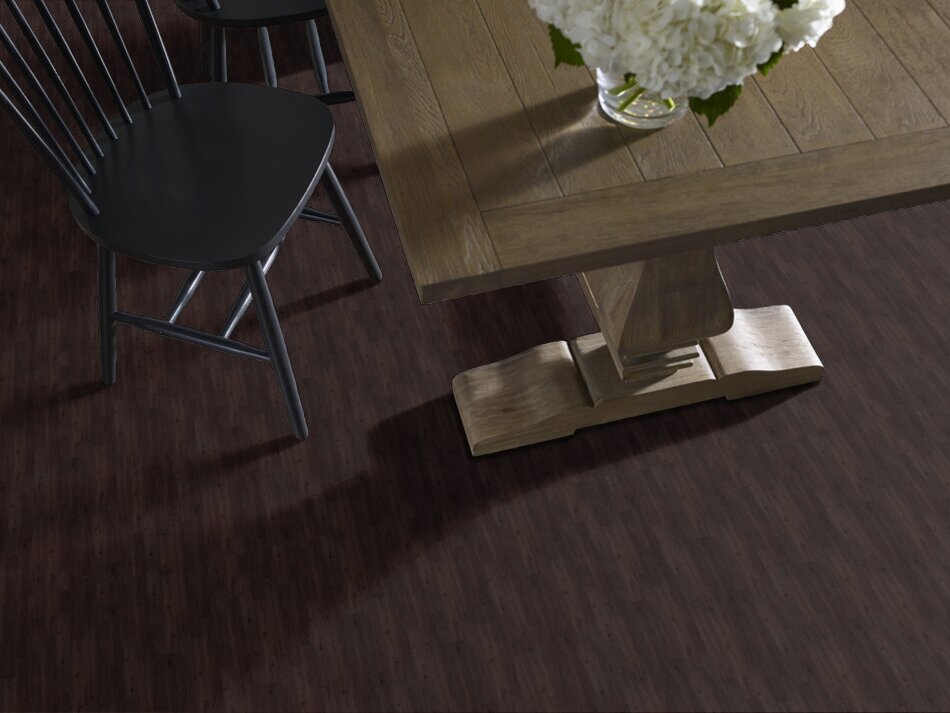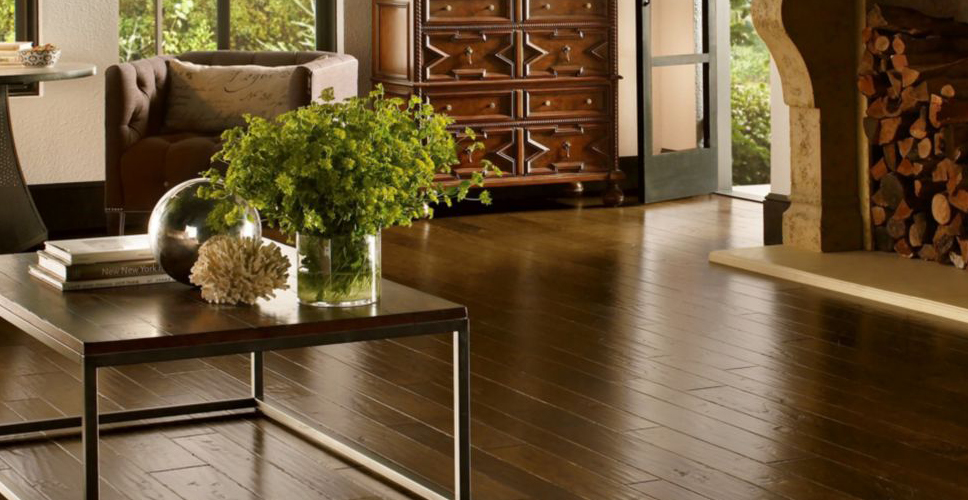

Flooring is a vital component of any room, be it bathrooms and kitchens, or bedrooms and hallways. That’s why it’s so important to make the right choice of floor material. However, with so many options to choose from in a flooring outlet, it can be difficult to know how to choose flooring for your home. In this guide, we’ll look at how to select flooring the right way, covering all the factors you need to think about.
One of the first things to focus on when you pick flooring is material. There are lots of types of flooring materials out there, from vinyl flooring to laminate flooring and even solid hardwood floors, too. Each material has its pros, cons, and best-use scenarios. Here’s a quick breakdown of each one.
Vinyl is an affordable, versatile flooring solution, made with three layers, including a core layer, a design layer, and a protective surface layer on top.
Laminate flooring is a popular, affordable flooring material, made with a core of fiberboard, decorated with a printed image and coated in a water-resistant laminate layer.
Hardwood floors, as the name implies, are made from strong, solid, authentic wood, which may include oak, cherry, and walnut. It’s known for its strength and elegance.
Note: There are other flooring materials, too, like porcelain tile, concrete, and stone. Consider all of the options and speak to a flooring advisor if you’re not sure which is the right floor choice for your home.
No matter which material you choose, you’ll also have to pick a color, pattern, or style for your home. There are lots of options to choose from, including classic black and white laminate tiles for kitchens, detailed wood grains for the living room, and fancy marble imitations for hallways.
When it comes to how to select hardwood flooring and other floor types for your home, it’s important to think about your existing interior design, as well as your personal tastes. Try to find a flooring style that you personally enjoy and that blends in well with the surroundings.
A lighter color is great for making spaces feel more open and airy, while darker colors tend to add warmth and richness to a room and work nicely in spaces with large windows and lots of natural light.

You also need to think about the location of where you plan to install your flooring. This will have a big impact on the type of flooring you choose. Naturally, the best flooring options for laundry rooms or a bathroom floor aren’t the same as those you would choose for your living area or bedroom.
Think about the conditions of each space. In bathrooms and kitchens, for example, spillages and humidity are likely, so you need flooring that will be able to absorb moisture. In halls, there tends to be a lot of foot traffic, so you need something that can cope with heavy use.
In living areas, dining rooms, and bedrooms, meanwhile, you may want to focus more on your floor as a decorative element, choosing a material that is attractive and elegant in order to enhance the look and feel of the space.
Here are a few more tips to help you choose the right kind of flooring for your home: